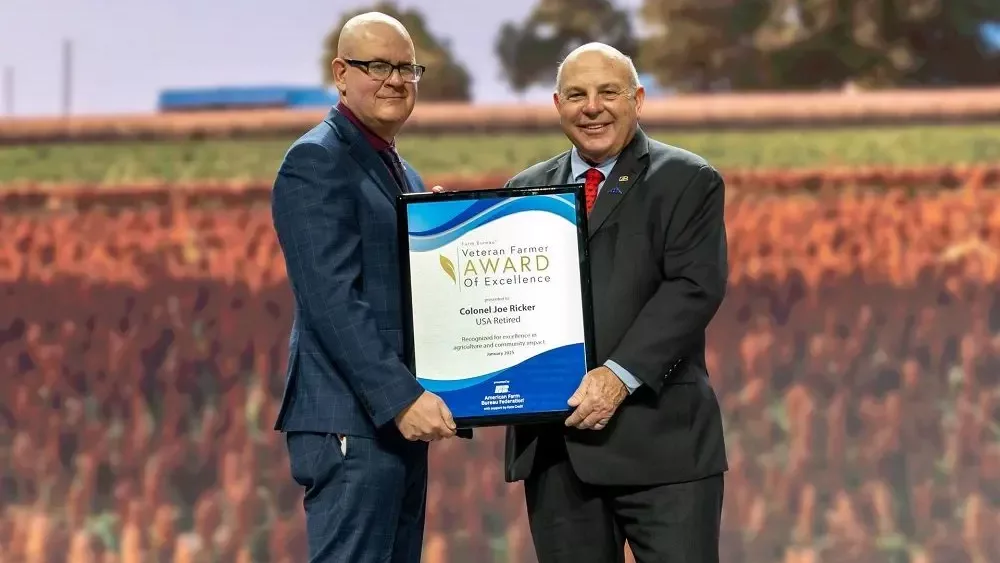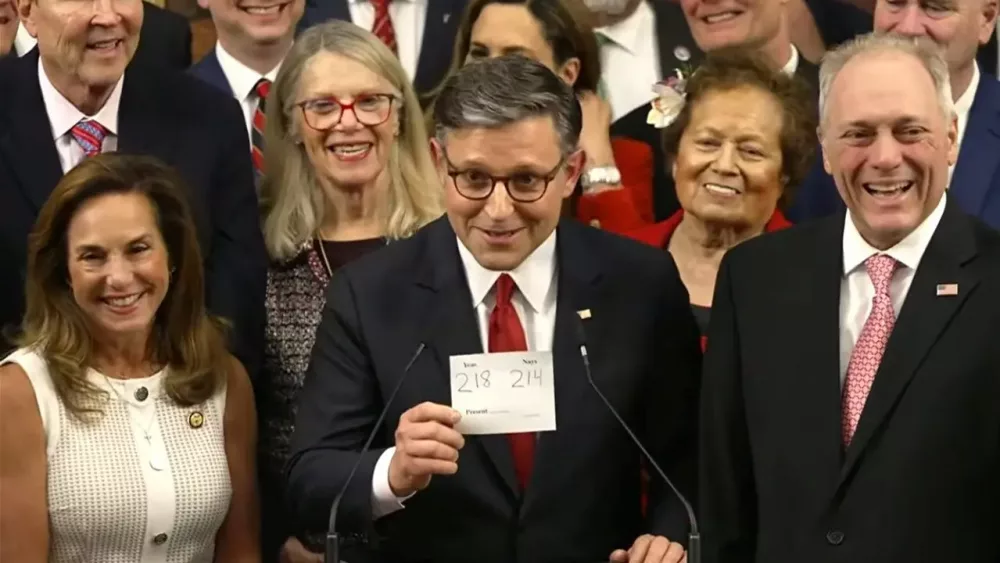
Federal Reserve Chairman Jerome Powell recently told lawmakers in Congress that interest rate increases may have to go higher for longer. That’s why many people are concerned about the impact of higher interest rates on farmland prices.
“I would expect that to have some negative impact on farmland values over the next year—maybe the next two or three years,” says Dr. Jim Mintert, Director of Purdue’s Center for Commercial Agriculture, in regard to the likelihood of higher interest rates.
He says many people are asking whether it’s still a good idea to buy farmland now at today’s prices considering that interest rates will likely climb higher down the road.
“The answer is going to be different for different people depending on their financial situation,” says Mintert. “But, if you’re in a sufficient scale where reinvesting dividends is possible, then you can do that in terms of picking up that 80, 120, or 160 acres, or whatever that number might be. If that fits into your long-term reinvestment of dividends strategy from your existing farming operation, we still think that makes sense.”
Mintert says patience is one of the main factors in farmland investment.
“For most of us in agriculture, it’s not a one-, two-, or three-year decision. It’s much more of a multi-decade decision,” says Mintert. “You have to think of it from that perspective. Is now the time to invest in a particular property? How does it fit into your operation? How does it fit into your long-run strategy for growth in terms of how you may reinvest your dividends from your existing operation.”
He also recommends that prospective farmland buyers perform a “stress test” to measure what they make and what they have on hand before deciding what to borrow and how much debt to add to their farm operation.
“If you go back in history, that was one of the mistakes that was made in prior periods where they got pretty aggressive with growth plans. They didn’t think about doing a “stress test” and thinking about what would happen if things unfold in an unforeseen way,” according to Mintert. “It might be a larger increase in interest. It might mean weaker commodity prices than what people are projecting. It doesn’t mean that you pull back and don’t do things, but you have to plan ahead a little bit and think about those different scenarios.”
According to Purdue’s most recent survey of farmers, 72% said it is a “bad time” to make large investments in their farming operation. 27% of those said it was because of rising interest rates.





